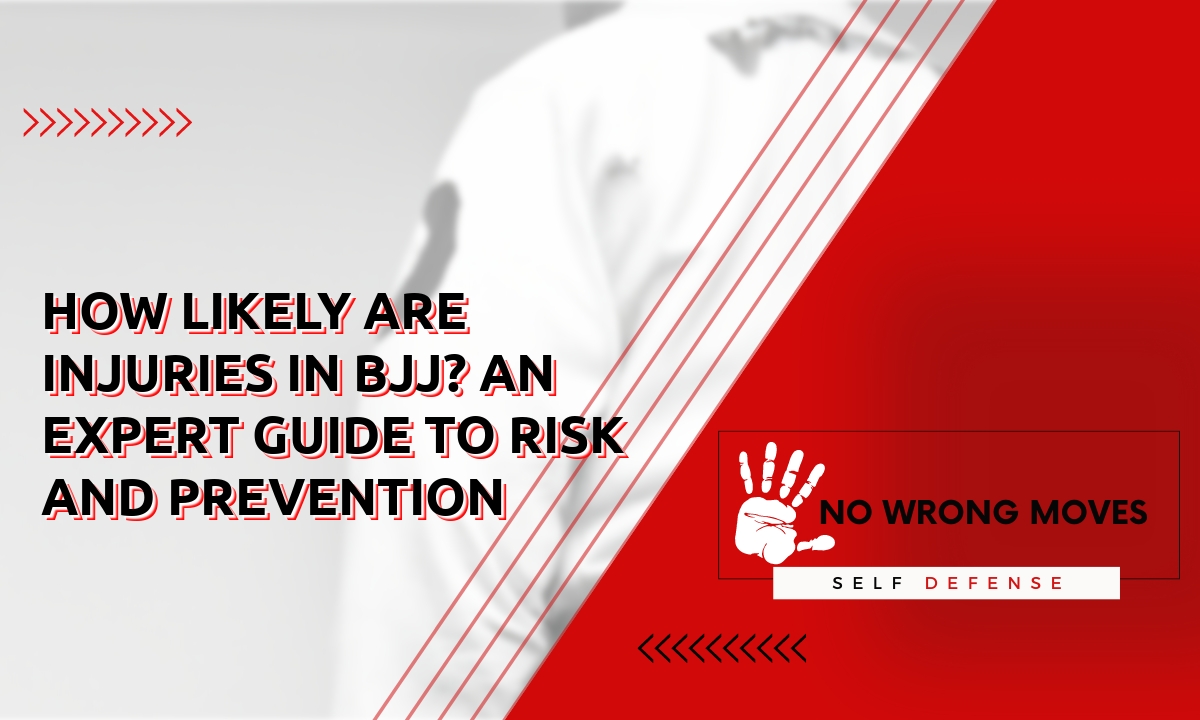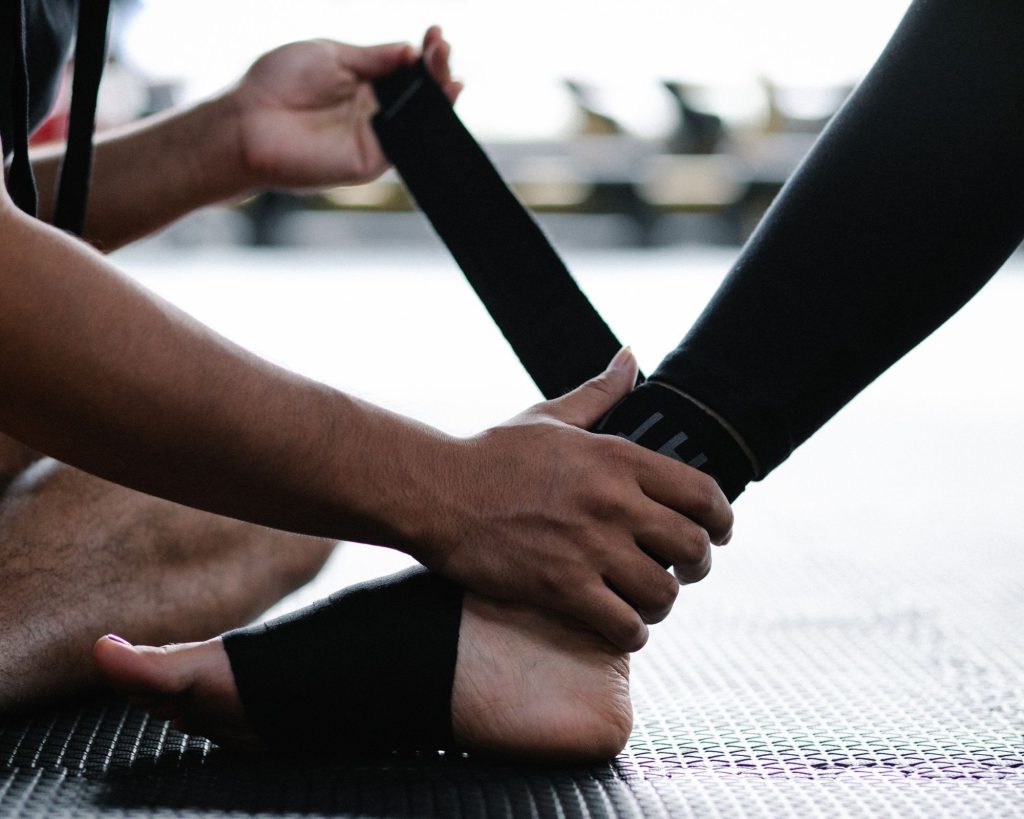
Injuries in BJJ are assumed to be common, and this is a premise that isn't without merit given the intensity of the sport. With a flurry of seemingly brutal grapples and holds, it's reasonable to assume that accidents that can lead to bodily harm are commonplace.
But is this actually the case? Today, we'll be looking at the likelihood of you getting injuries in BJJ, any risks you'll need to keep in mind, and how best to keep yourself safe while you train.
How Common are BJJ Injuries?
A 2019 study from Moriarty et al. gleaned into the likelihood that you'd get injured while training in BJJ. The overarching consensus: you probably will.
About 9 in 10 practitioners are going to sustain at least one injury at some point while training, and the likelihood of injury over six months is 59.2%. Not exactly reassuring numbers.
On the bright side, most injuries that practitioners sustain tend to be superficial. Few of them ever require serious medical attention, and they're unlikely to affect your day-to-day life. Many times, you can simply allow these wounds to heal on their own.
When it comes to injuries in BJJ, however, it doesn't all just come down to a few grapples and holds. A number of other factors can influence the risk of BJJ athletes getting injured.
These include age, gender, experience, the level and intensity of training, technical proficiency, and even body composition and overall fitness level. Luckily for us, most of these are factors that we can directly influence.
So if you're eager to keep your fingers properly attached to your hand, always take the appropriate steps necessary for minimizing injury.
Maintain proper form, listen to your instructors, and don't overextend yourself. Even simple warm-up exercises prior to each practice session can go a long way. Pair that with proper technique and supervision from qualified coaching staff, and you're almost golden.
Are Certain Joints More Prone to Injury in BJJ?

Locks and holds are notoriously heavy on your knees, so it's unsurprising that they frequently take the brunt of many injuries in BJJ. They're typically caused by leg locks and sweeps, but even something as mundane as hitting the mat too hard can cause a bruise or two.
Although elbow injuries in BJJ are less frequent than those of other joints, that doesn't mean it's all sunshine and roses for them either. A large portion of techniques involve gripping or controlling the arms, and hyperextending them can often lead to unfavorable consequences.
For example, injuries in the common flexor tendon and the ulnar collateral ligament are well-documented, and they further necessitate the importance of proper technique.
The neck is also among the most vulnerable body parts in this sport. Moves such as deep stacks and head locks have been the cause for more than a fair share of documented neck injuries in BJJ.
Given that the neck is fragile, damage there tends to be more serious, and medical attention is often required.
More superficial injuries in BJJ are often suffered by the hands and feet. According to a study by McDonald et al., these account for a significant 25.1% of injuries, but the majority can be treated without any major concerns.
In summary, there are certain joint areas which are more prone to injury in BJJ, namely the neck, knees, elbows, hands, and feet.
Hand and feet injuries in BJJ are most common but often aren't as great a cause for concern, while damage to the knees, elbows, and neck tends to be more serious.
How Can I Reduce My Risk Of Injury During Training Or Competitions?

Wearing the right equipment and gear is crucial for reducing your risk of injury while training. Be sure to invest in quality gloves, spats, knee pads, and other supportive apparel like ear and mouth guards to prevent lots of easily avoidable damage.
Once you've got the right gear, learning proper technique from experienced coaches should be your next priority. Many injuries in BJJ can be chalked up to poor technique, so listening to your instructors can reduce a lot of the dangers of training.
One thing to look out for is hyperextending your neck during submission holds. This puts a lot of additional strain on an already vulnerable area and should be avoided at all costs.
Also be sure to remember your limits. Martial arts often train you to push your body as hard as you can, and while this is advice you should normally follow and a great way to improve, be careful not to overcommit and cause yourself harm instead. And last but not least, be sure to warm up!
Taking these precautions may cost a bit more time, money, and effort than normal, but ensuring your own personal safety should always be your top priority when training in competitive sports.
The Wrap-Up

Like any physical activity, there is always a risk of injury. It's important to consider the potential risks of BJJ and implement proper measures to prevent any damage to your own body.
If you're still wondering what kind of strain your body will face in BJJ, click here for more information on that.
Despite the intense physical strain you'll experience while training in Brazilian Jiu-Jitsu though, it remains a relatively safe contact sport--provided the necessary precautions are taken.
Curious how Brazilian jiu-jitsu fares compared to judo? Check out an article we've written on that.
[author-box-jpx-fitness]
